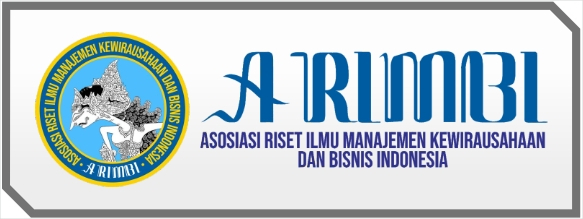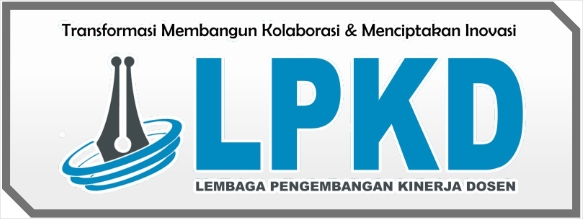Analisis Perbandingan Kinerja Pegawai PNS Dan Non PNS Dinas XXX Kota XXX
DOI:
https://doi.org/10.55606/cemerlang.v3i4.1887Keywords:
Performance, Civil Servants, Non-Civil ServantsAbstract
Civil Servants (PNS) are elements of the state apparatus whose duty is to provide services to the public in a professional, honest, fair and equitable manner in the implementation of state, government and development tasks. Meanwhile, Honorary Personnel has lively developed into a new paradigm in the agency environment in addition to other honorary personnel after Civil Servants even though basically the work done is almost the same as Civil Servants in general, the only difference is that Non-Civil Servants (honorary) employees rarely occupy important structural positions in the agency. Because they only help those who are assigned directly by the superiors and heads of sections of an agency. So that both civil servants and non-civil servants in the XXX City Education Office must have quality performance that is able to carry out their duties as government officials in accordance with the duties assigned. The purpose of this study was to determine how the performance of civil servants and non-civil servants at the XXX City Education Office, whether there are differences in performance between civil servants and non-civil servants at the XXX City Education Office, and what factors affect the performance of civil servants and non-civil servants at the XXX City Education Office. The research method used is quantitative method and the data collection method in this study is by distributing questionnaires. the sample in this study were civil servants and non-civil servants at the XXX City Education Office, namely 42 civil servants and 42 non-civil servants. The data analysis technique in this study uses Satistical Product and Service Solution (SPSS) with T-Test analysis.
References
Arikunto, & Suharsimi. (2012). No TitleProsedur Penelitian Suatu Pendekatan Praktis. PT Rineka Cipta.
Badriyah, M. (2015). Manajemen Sumber Daya Manusia. CV. Pustaka.
Dessler. (2015). Manajemen Sumber Daya Manusia. Salemba Empat.
Edison, & Emron. (2016). Manajemen Sumberdaya Manusia. CV Alfabeta.
Eko Suparno, W. (2015). Manajemen Pengembangan Sumber Daya Manusia. Pustaka Pelajar.
Fauzi, A. (2020). Manajemen Kinerja. Airlangga University Press, 91(Manajemen Sumber Daya Manusia).
Hasibuan, & Malayu. (2016). Manajemen Sumbersaya Manusia. PT. Bumi Aksara.
Hermawan, A., & Yusran, H. L. (2017). Penelitian bisnis : Pendekatan kuantitatif. Kencana.
Mangkunegara, A. . A. P. (2016). Evaluasi Kinerja Sumber Daya Manusia. Refika Aditama.
Mangkunegara, A. A. A. P. (2017). Manajemen Sumber Daya Manusia Perusahaan. PT Remaja Rosdakarya.
Marwansyah. (2016). Manajemen Sumber Daya Manusia. CV Alfabeta.
Mathis, & Jackson. (2016). Human Resource Management. Salemba Empat.
Mitchell. (2016). Pengelolaan sumberdaya dan lingkungan. Pustaka Pelajar.
Setyowati, & Haryani. (2016). Pengaruh Kepemimpinan, Motivasi, Dan Kompensasi Terhadap Kinerja Pegawai Pada Restoran Taman. Jurnal Ilmu Ilmiah Manajemen Bisnis Dan Terapan, 57–72.
Siregar, S. (2013). Metode Penelitian Kuantitatif. PT Fajar.
Sugiyono. (2017). Metode Penelitian Kebijakan Publik : Pendekatan Kuantitatif, Kualitatif R&D dan Penelitian Evaluasi. CV Alvabeta.
Sutrisno, E. (2015). Mnajemen Sumber Daya Manusia. Kencana.
Wang, F., & Hariandja, E. S. (2017). The Influence of Brand Ambassador on Brand Image and Consumer Purchasing Decision : A Case of Tous Les Jours in Indonesia. International Conference on Entrepreneurship (IConEnt2016). “How Innovation could Improve the Performance and Productivity in Entrep. Jurnal Administrasi Bisnis, 51.




















